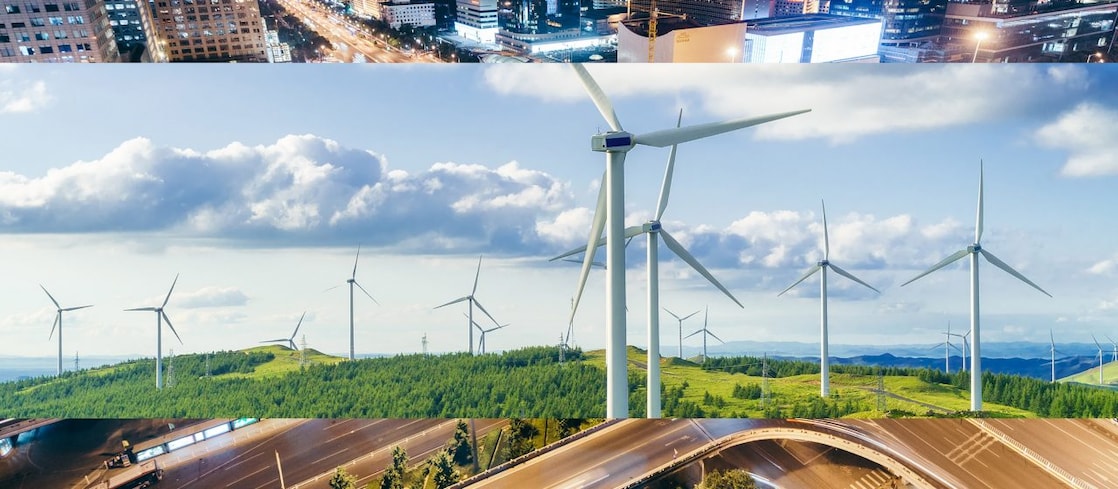
Lubricants for Wind Power
Powering progress with more and cleaner energy solutions.
Disclaimers:
1. Warranty conditions apply.
2. Based on industry standard corrosion testing.
3. Based on ASTM D2893 testing.
4. Shell Omala S5 Wind 320 gear oil was tested for 50,000 cycles in a Hydac multi-pass test-rig using 3µm filter material and retained anti-foam performance, longer than every competitor oil, which all failed after 5,000 cycles.
5. “Carbon neutral” indicates that Shell has engaged in a transaction where an amount of CO₂ equivalent to the CO₂e amount associated with the raw material extraction, transport, production, distribution, usage and end-of-life of the Lubricants has been avoided as emissions through the protection of natural ecosystems or removed from the atmosphere through a nature-based process. CO₂e (CO₂ equivalent) refers to CO₂, CH₄, N₂O.





